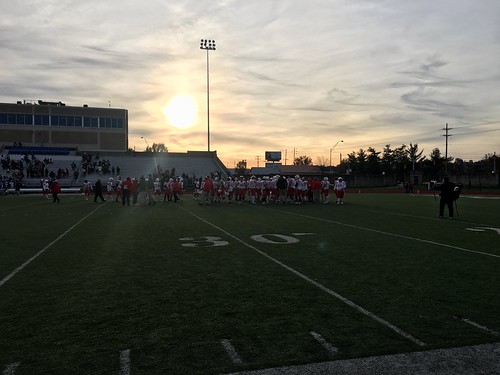Rapy, n; IFN ribavirin, n); all had a sustained virologic response.
Rapy, n; IFN ribavirin, n); all had a sustained virologic response. In total, patients (of your cohort) had been RR+. RR+ and RR- patients had similar demographic and clinical characteristics such as age, sex, mode of HCV infection, prevalence of the G HCV genotype, and moderate to severe fibrosis. Nonetheless, RR+ individuals were substantially extra likely than RR- situations to have been treated with IFN-based therapy (vs. ; adjusted odds ratio self-assurance interval .- P.). Only RR constructive sera had detectable antibodies to IMPHD and none had antibodies to CTPS. Potentially crucial autoantibody targets identified on protein arrays included Mycassociated zinc finger protein (MAZI) and ankyrin repeat motif. Conclusion: The majority of HCV patients with RR autoantibodies previously received IFNribavirin antiviral therapy. Additional studies are necessary to ascertain the genesis of intracellular RR and elucidate the clinically relevant autoantigens as well because the clinical and prognostic significance of their cognate autoantibodies.Background PubMed ID:http://www.ncbi.nlm.nih.gov/pubmed/23409044?dopt=Abstract An estimated million persons worldwide are infected with hepatitis C virus (HCV), a recognized important reason for chronic liver disease ,. HCV infection can also be connected with quite a few immunological abnormalities, including the production of each organ certain and non-organ precise autoantibodies -. Organ specific autoantibodies Correspondence: [email protected] Division of Medicine, University of Calgary, Hospital Dr NW, Calgary, PD 117519 Alberta TN N, Canada Complete list of author facts is offered at the end in the articleinclude those directed against targets in pancreatic islet cells , thyroid -, adrenal cortex and gastric parietal cellsNon-organ certain autoantibodies consist of anti-nuclear antibodies (ANA), anti-smooth muscle antibodies (ASMA), anti-mitochondrial antibodies (AMA), anti-neutrophil cytoplasmic antibodies (ANCA), and antiliverkidney microsomal antibodies (LKM) -. Although their clinical significance remains unclear, ANA have been reported in to of sufferers with chronic hepatitis C ,-. Some studies have shown that ANA positivity is associated with stage and rate of fibrosis Stinton et al licensee BioMed Central Ltd. This really is an Open Access write-up distributed under the terms with the Creative Commons Attribution  License (http:creativecommons.orglicensesby.), which permits unrestricted use, distribution, and reproduction in any medium, offered the original perform is correctly cited.Stinton et al. BMC Gastroenterology , : http:biomedcentral-XPage ofprogression, serum transaminase concentrations and responsiveness to antiviral treatment -. Other reports have identified no differences in these as well as other clinical parameters ,-. Interferon (IFN) and ribavirin, cornerstones on the management of HCV infection, have immunomodulatory effects , for instance the production of autoantibodiesIn patients with chronic hepatitis C infection, a novel cytoplasmic autoantibody pattern (RR) characterized by rods (- m in length) and rings (m diameter) has been described on HEp- cells -. Inosine monophosphate dehydrogenase (IMPDH) and cytidine triphosphate synthase (CTPS) had been identified as potential autoantibody targets localized for the RR structures ,. The objectives of this study had been to identify the prevalence and clinical associations of RR autoantibodies in chronic hepatitis C sufferers, to examine the frequency of antibodies to IMPDH and CTPS and to determine other potential autoantibody targets by screening high density peptide an.
License (http:creativecommons.orglicensesby.), which permits unrestricted use, distribution, and reproduction in any medium, offered the original perform is correctly cited.Stinton et al. BMC Gastroenterology , : http:biomedcentral-XPage ofprogression, serum transaminase concentrations and responsiveness to antiviral treatment -. Other reports have identified no differences in these as well as other clinical parameters ,-. Interferon (IFN) and ribavirin, cornerstones on the management of HCV infection, have immunomodulatory effects , for instance the production of autoantibodiesIn patients with chronic hepatitis C infection, a novel cytoplasmic autoantibody pattern (RR) characterized by rods (- m in length) and rings (m diameter) has been described on HEp- cells -. Inosine monophosphate dehydrogenase (IMPDH) and cytidine triphosphate synthase (CTPS) had been identified as potential autoantibody targets localized for the RR structures ,. The objectives of this study had been to identify the prevalence and clinical associations of RR autoantibodies in chronic hepatitis C sufferers, to examine the frequency of antibodies to IMPDH and CTPS and to determine other potential autoantibody targets by screening high density peptide an.